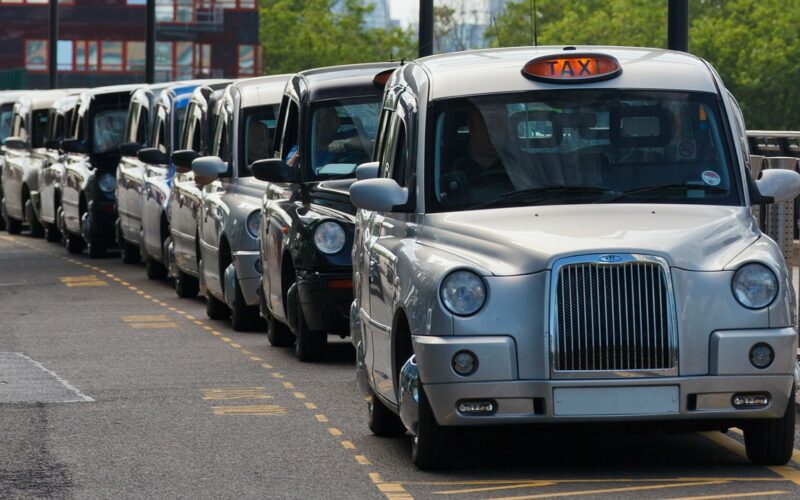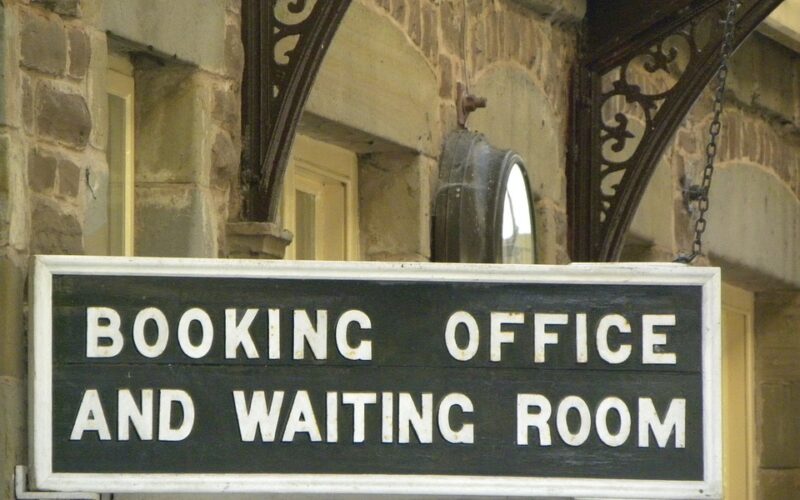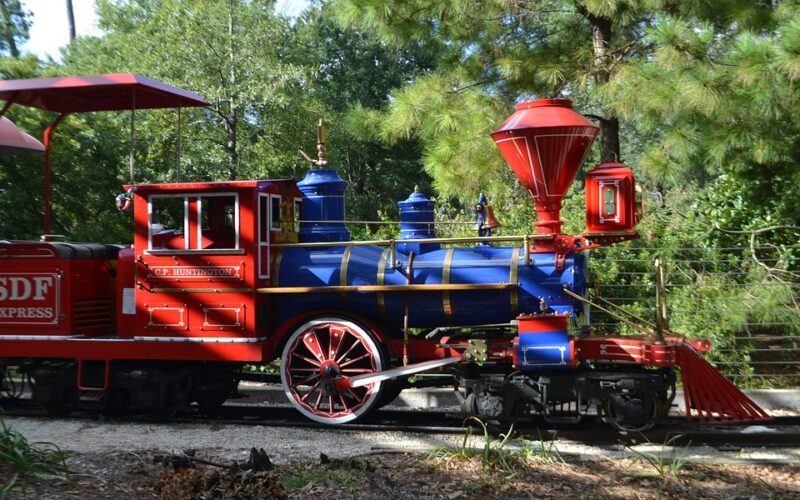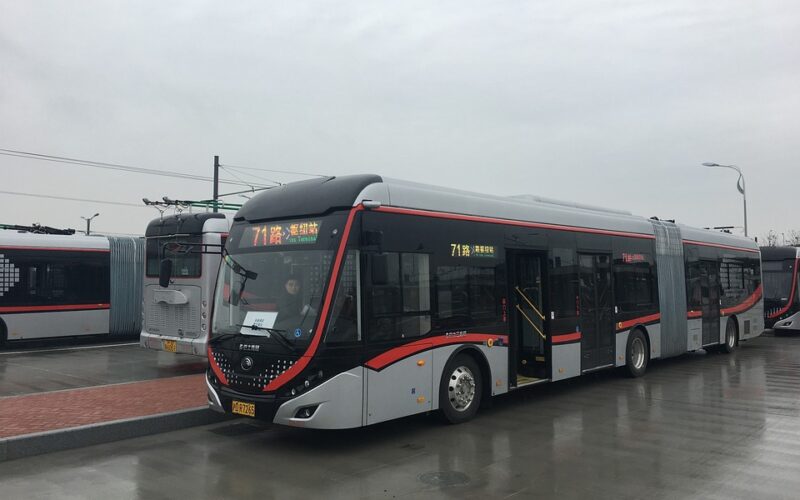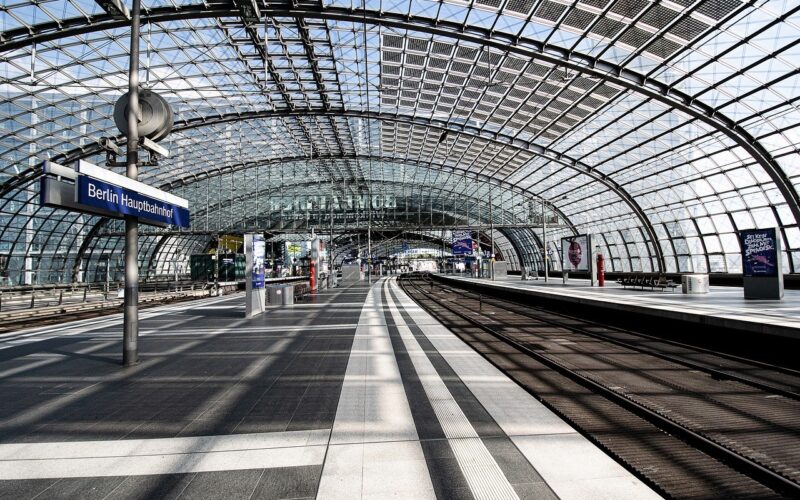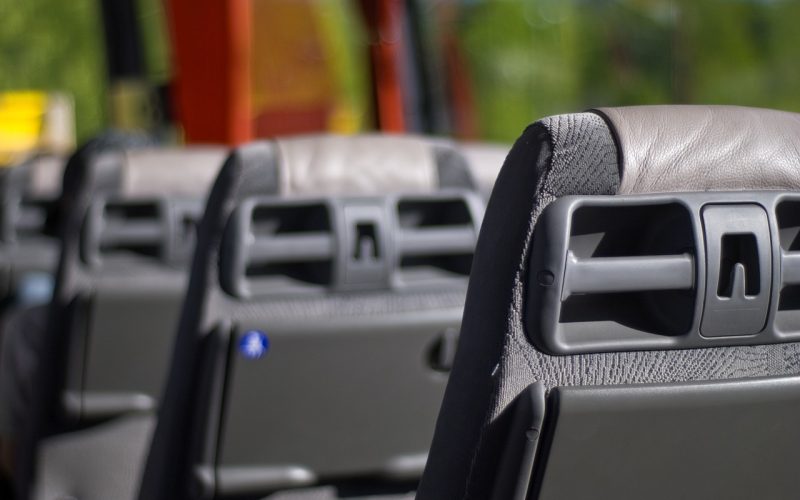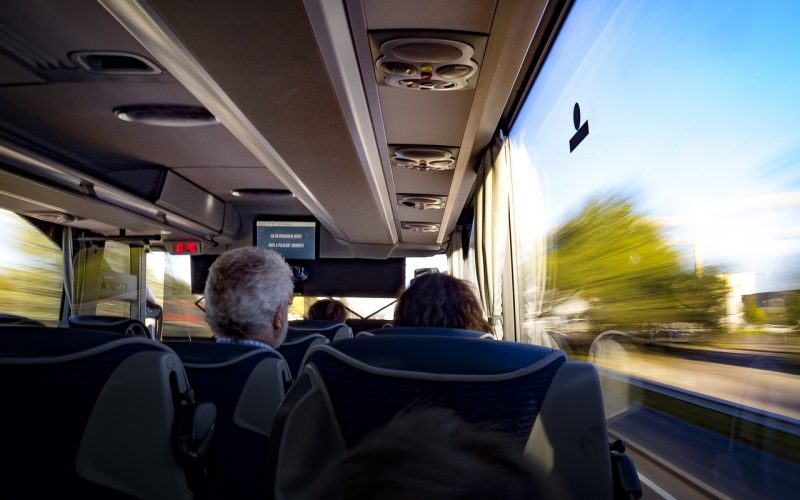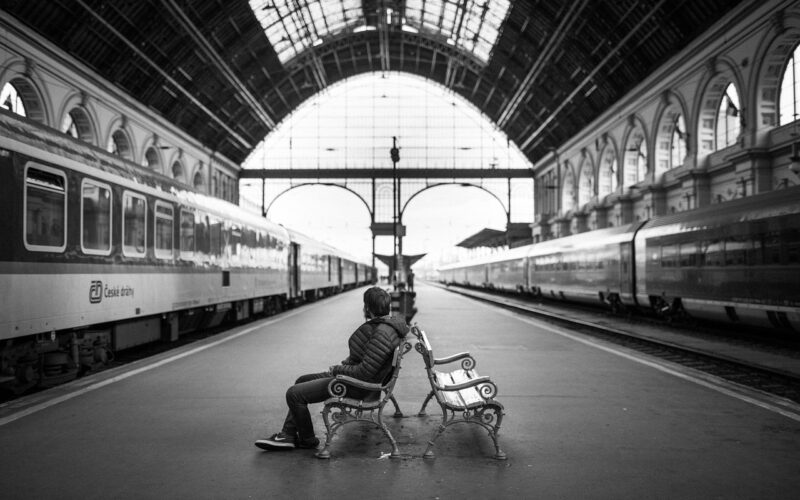Getting to the Station
There may be plenty of people within walking distance of the nearest train station, but others may need to drive. They might choose to leave their vehicle at the station while they are working. Others may have a loved one drop them off. A group of people could ride to the station together by sharing a car ride, and others could take a bus. All of this adds up to a need for roads to get to the station, parking for some, and a loading and boarding area for others. It can be a complex situation that must be planned before the station is built to ensure it works well for everyone.
Driving to the Station
Whether a person takes their personal vehicle, gets a ride, or even takes a bus, they will need a vehicle when driving to the station. The road they use may be one that has been around for years, or it could have just been built. New roads often take years of planning before they can be constructed, so many roads today are simply expanded. It may seem like an ideal solution, yet the way can twist through many areas to add more time and distance to the drive. It matters little that a person is just outside of walking distance if they have to drive half an hour on the roads. It can make their schedule more hectic.
A Parking Spot
Older train stations may not be quite set up for the number of personal vehicles in use today. Their parking lots for commuters might have been planned at a time when few people owned their own vehicle, so finding a parking spot can be difficult. This is one reason many people choose to have a loved one drive them. Others have found it takes about the same amount of time to ride the bus, and that way only they are part of the commute. It may not be as convenient as using their own vehicle, but they can at least forego the ordeal of figuring out where to park.
Arriving and Leaving
The foot traffic through a train station can be exceedingly heavy at times. Many people may use the same station early in the morning and later in the afternoon when commuting too and from work. All those riders arriving and leaving the station could slow down the foot traffic. Many newer stations have found ways to expand walking paths to avoid this issue. They may build them using resin bonded aggregates from Pennine Aggregates. They have an enormous selection of colours and sizes of dried aggregates to help define paths to different areas such as commuter buses or parking. Using resin bound aggregates to create a floor design is nothing new, and incorporating it to help commuters on their way is an excellent use of this product.
The train station can be a place of wonder, or it can be an embarkation point to a humdrum commute. Getting there can be a fun ride on the bus or in a personal vehicle with friends or co-workers. Driving there alone might be easier, yet it can result in a treasure hunt for a parking spot. Dealing with foot traffic alone may make it an interesting commute, yet modern material combinations can make it colourful and easier.
